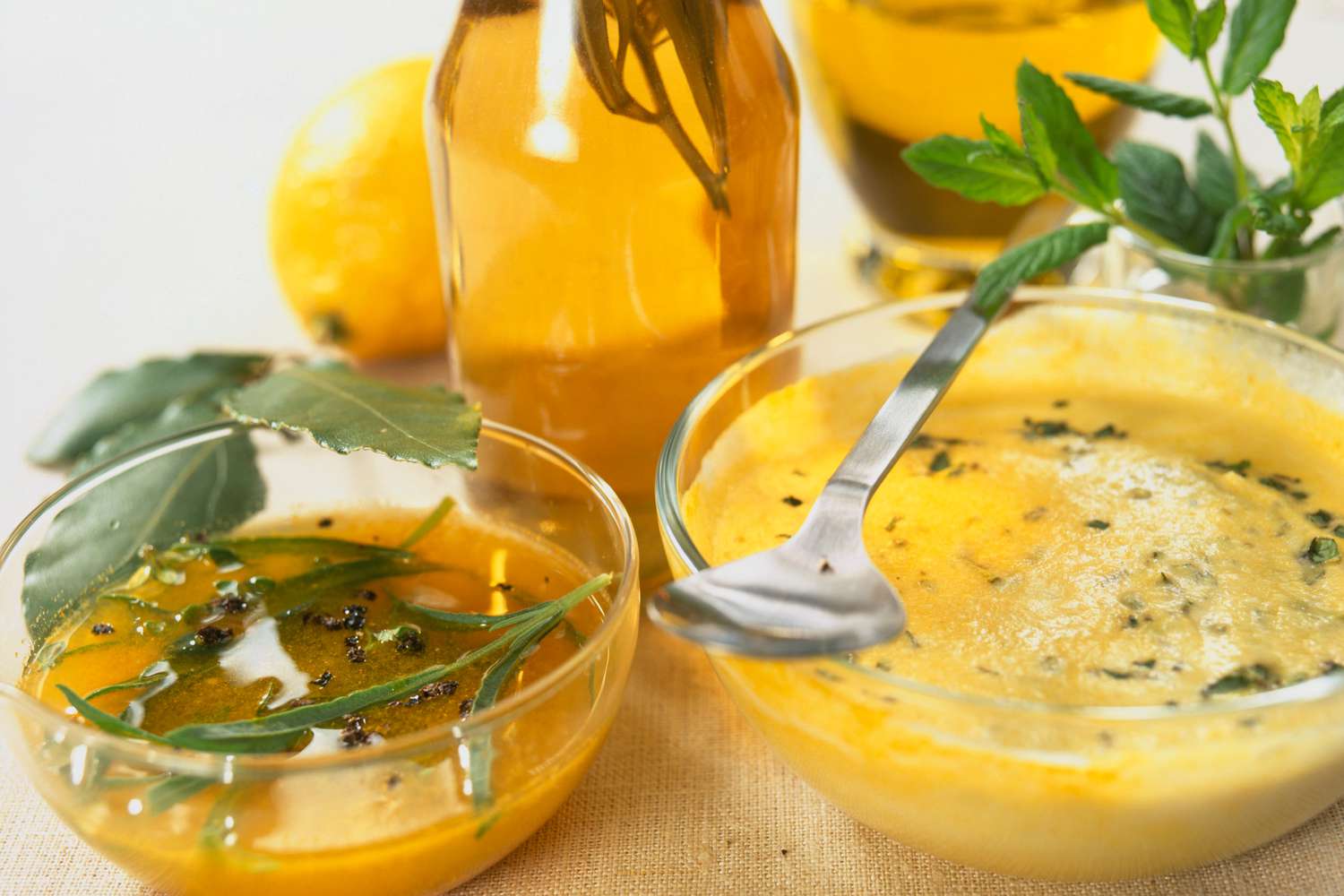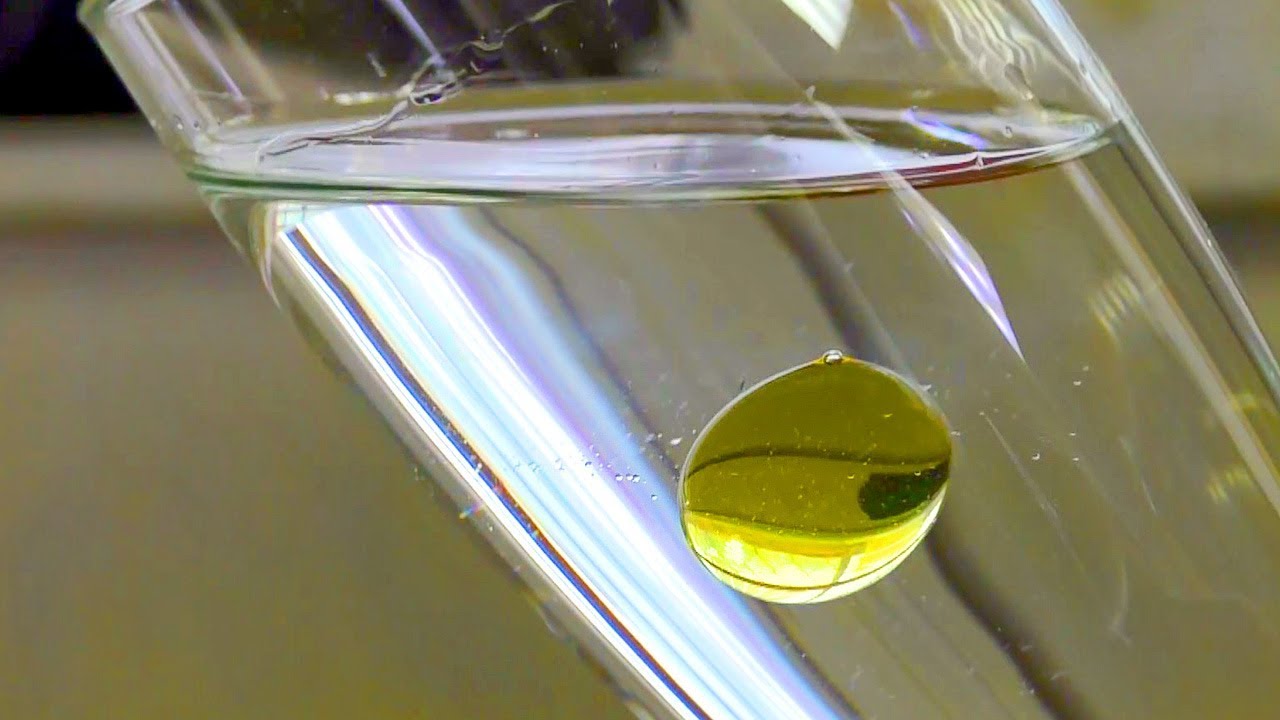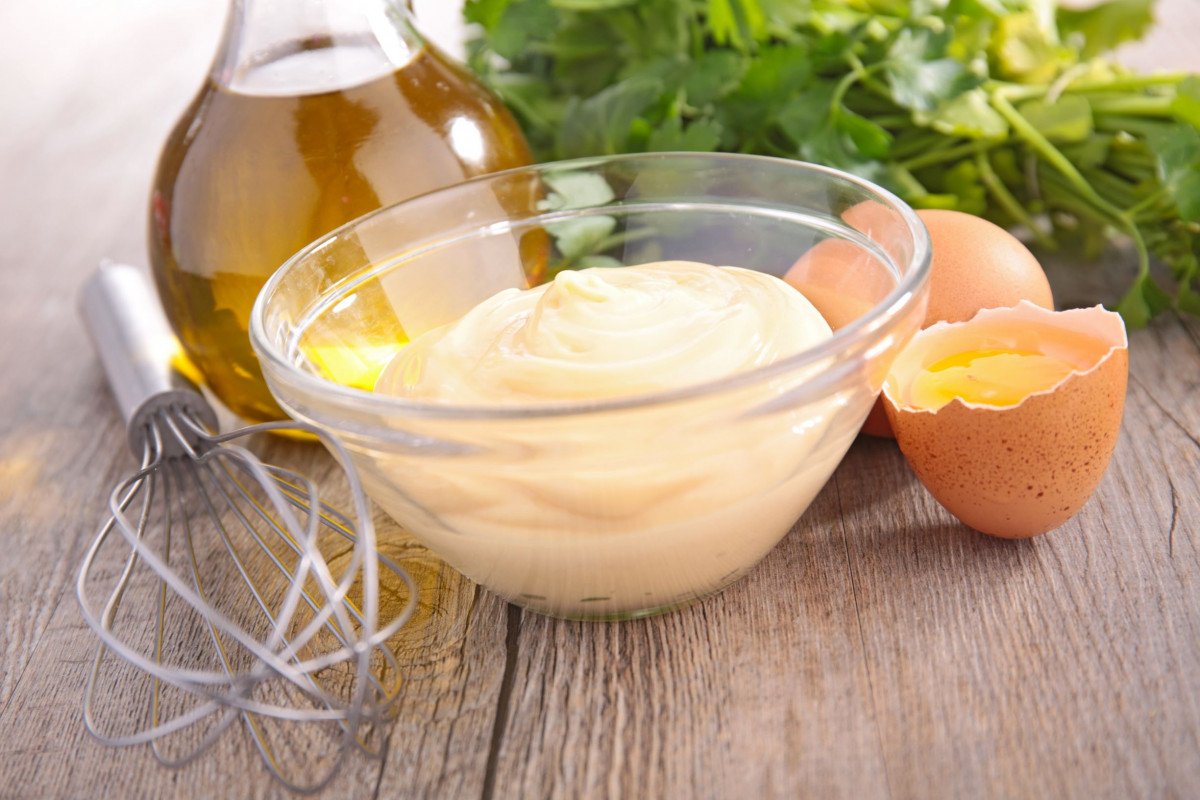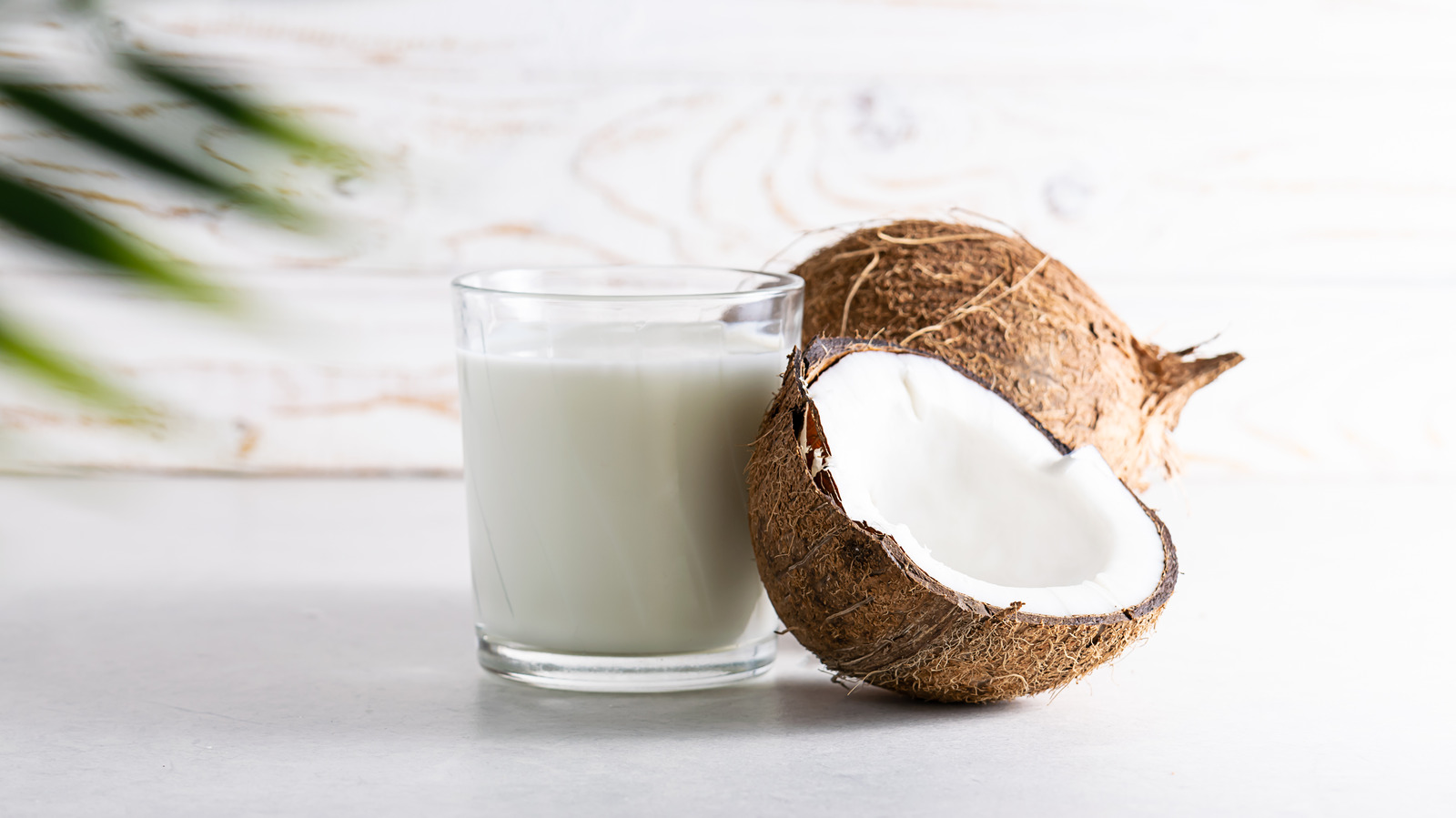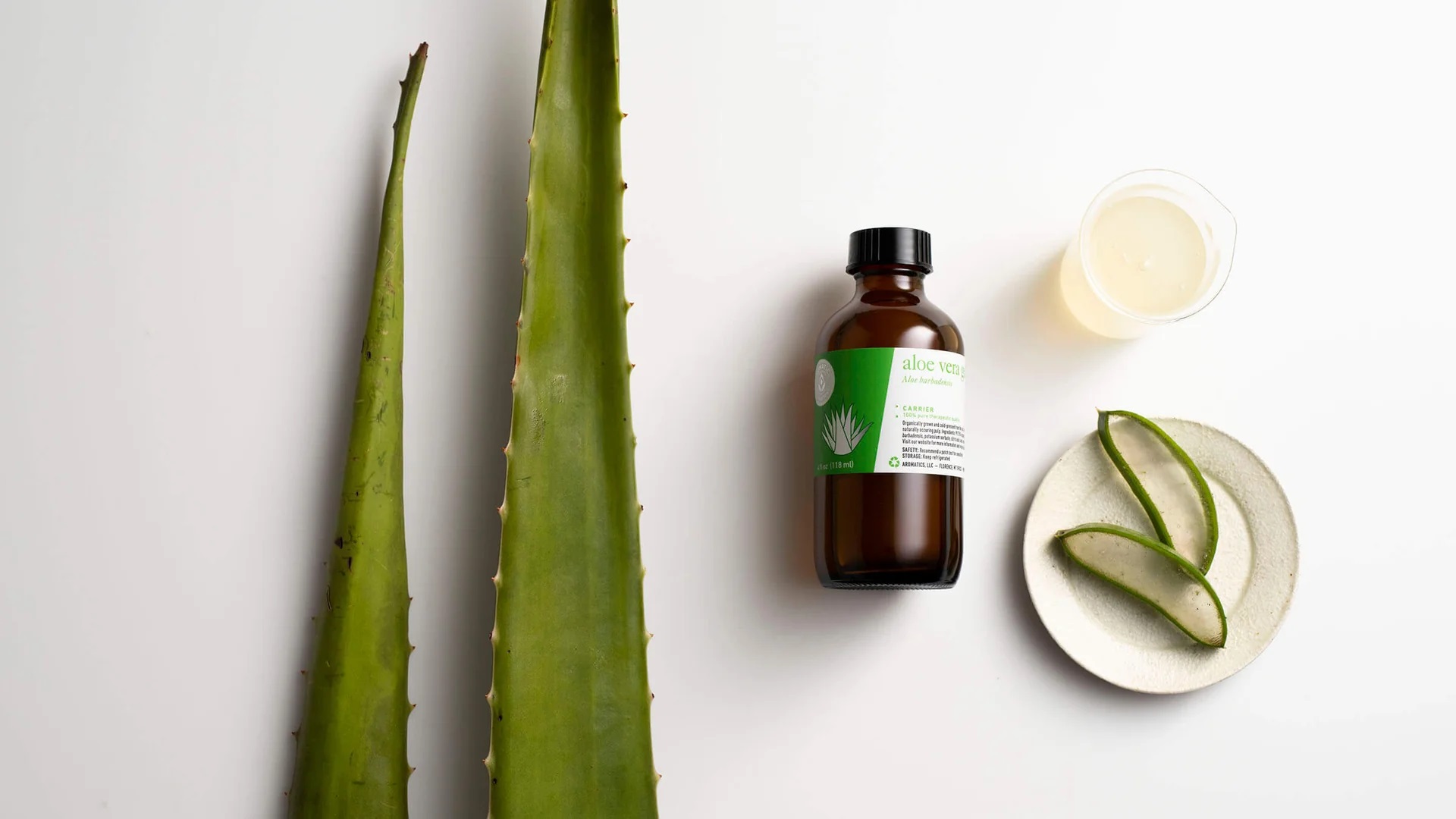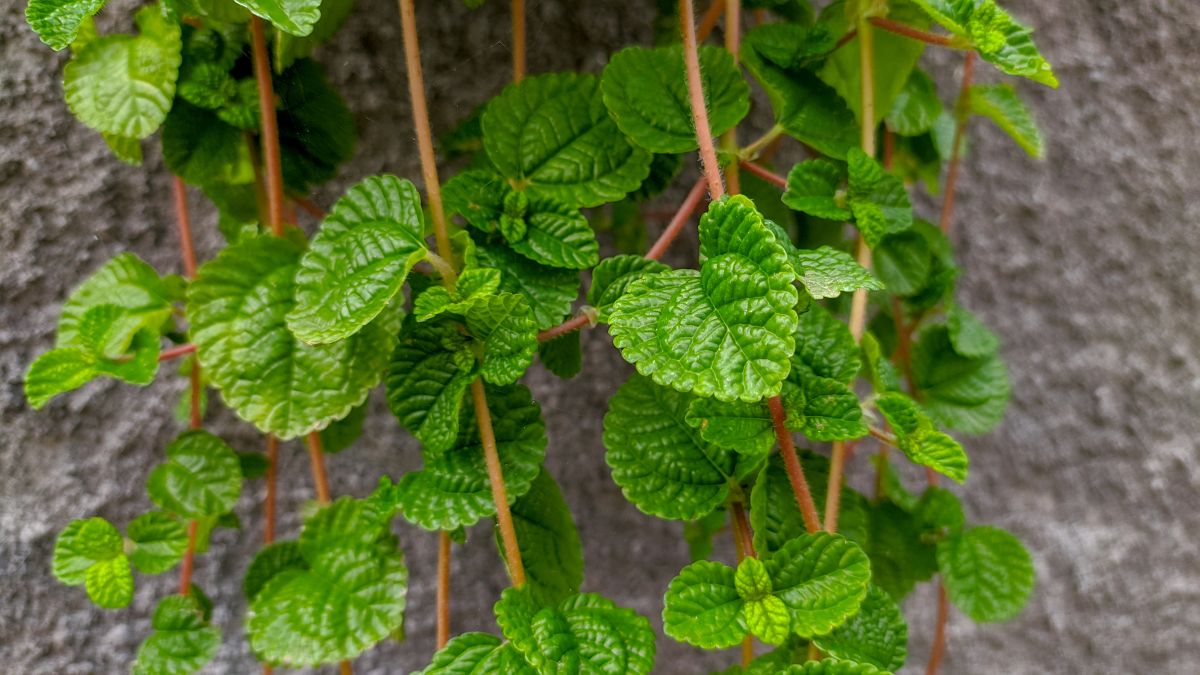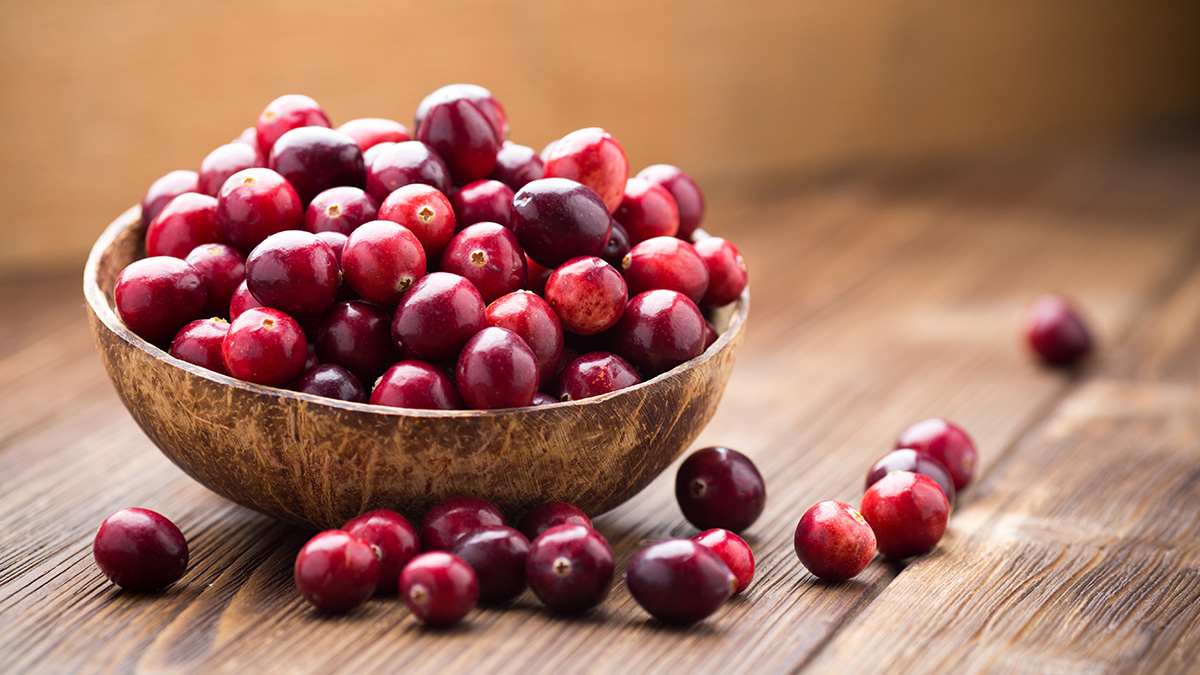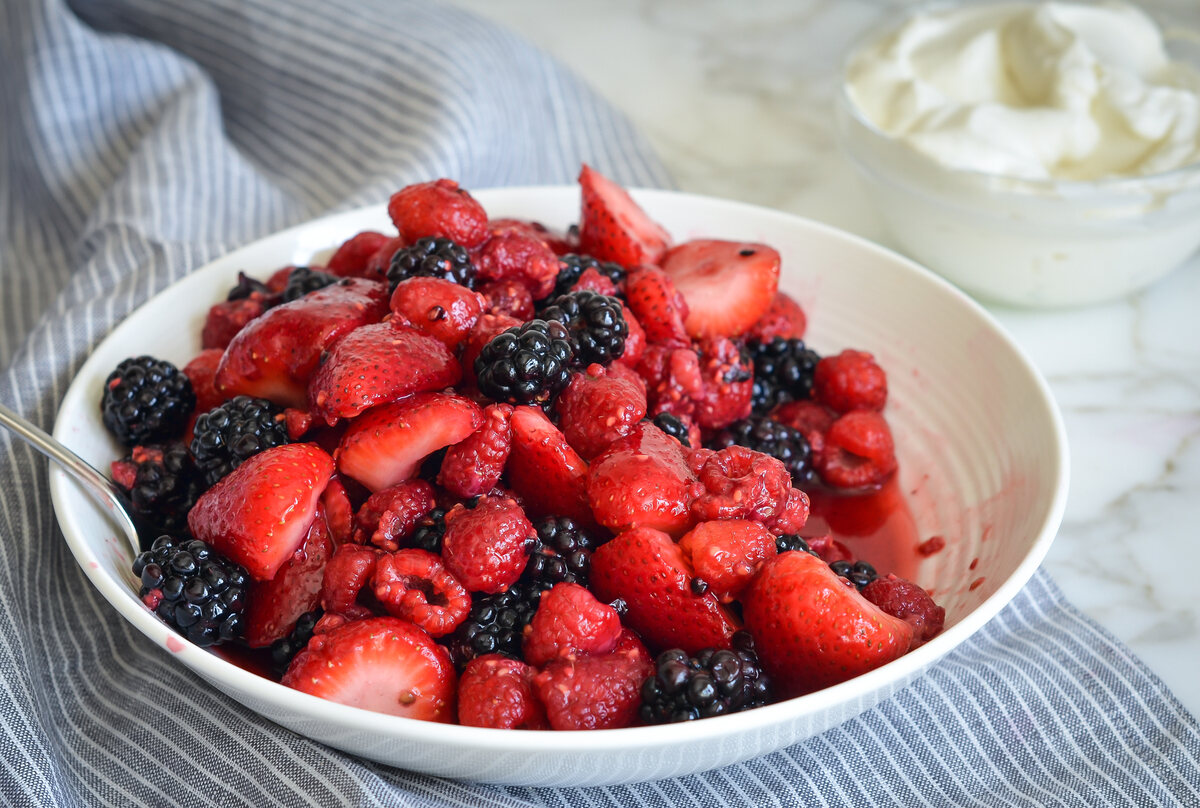Emulsifying Honey and Oil: A Delicious and Versatile Technique
Emulsifying honey and oil may sound like a daunting task, but it’s actually a simple and rewarding technique that can elevate your cooking and baking to new heights. Whether you’re making a salad dressing, marinade, or a sweet and savory sauce, emulsifying honey and oil can create a smooth, creamy texture that’s both visually appealing and delicious.
Why Emulsify Honey and Oil?
Emulsifying honey and oil allows you to create a stable mixture where the two ingredients are evenly dispersed, rather than separating into distinct layers. This is particularly useful when making vinaigrettes, as it ensures that the dressing coats your salad ingredients evenly, resulting in a more flavorful and cohesive dish. Additionally, emulsifying honey and oil can add a luxurious texture to sauces and marinades, making them more visually appealing and enjoyable to eat.
Methods for Emulsifying Honey and Oil
There are several methods you can use to emulsify honey and oil, each with its own benefits and considerations. Here are a few popular techniques:
- Whisking: This is the most basic method for emulsifying honey and oil. Simply combine the two ingredients in a bowl and whisk vigorously until they are fully combined. While this method can be effective, it may not produce the smoothest emulsion.
- Blending: Using a blender or food processor can help create a more stable emulsion by breaking down the honey and oil into smaller droplets and dispersing them more evenly. This method is particularly useful for creating creamy dressings and sauces.
- Using an Emulsifier: Adding an emulsifying agent, such as mustard or egg yolk, can help stabilize the emulsion and prevent the honey and oil from separating. This method is commonly used in classic vinaigrettes and mayonnaise.
Tips for Emulsifying Honey and Oil
Regardless of the method you choose, there are a few tips to keep in mind when emulsifying honey and oil:
- Use Room Temperature Ingredients: Both the honey and oil should be at room temperature to encourage proper emulsification.
- Drizzle the Oil Slowly: When adding the oil to the honey, do so in a slow, steady stream while continuously whisking or blending to encourage a stable emulsion.
- Experiment with Flavors: Emulsifying honey and oil opens up a world of flavor possibilities. Consider adding herbs, spices, or citrus zest to create a unique and delicious mixture.
Emulsifying Honey and Oil in Recipes
Now that you know how to emulsify honey and oil, you can incorporate this technique into a variety of recipes. Try making a honey and oil vinaigrette to drizzle over a fresh salad, or use an emulsified honey and oil mixture as a glaze for roasted vegetables. You can also use emulsified honey and oil as a base for marinades, adding depth and richness to your favorite proteins.
Emulsifying honey and oil is a versatile and valuable skill that can take your cooking and baking to the next level. With a little practice and experimentation, you’ll be able to create delicious and visually stunning dishes that will impress your family and friends.
So, the next time you’re in the kitchen, don’t be afraid to emulsify honey and oil – it’s a simple yet impactful technique that can elevate your culinary creations in a truly delicious way.
More Recipes and Applications for Your Emulsified Honey and Oil
Now that you've mastered the art of emulsifying honey and oil, it's time to put your skills to the test with a variety of delightful recipes. From the zesty kick of Spicy Honey Lime Dressing for Tacos to the sweet and savory balance of Sweet and Savory Honey BBQ Sauce, each recipe offers a unique way to showcase your newfound culinary prowess. We highly recommend trying the Honey Garlic Chicken Marinade for an easy weeknight dinner that packs a flavorful punch. For those looking to impress at their next gathering, the Honey Balsamic Reduction for Caprese Salad provides a sophisticated touch to a classic dish. Dive into these recipes to fully appreciate the versatility of honey and oil emulsions in your cooking.
Was this page helpful?
Read Next: How To Emulsify Oil And Water

